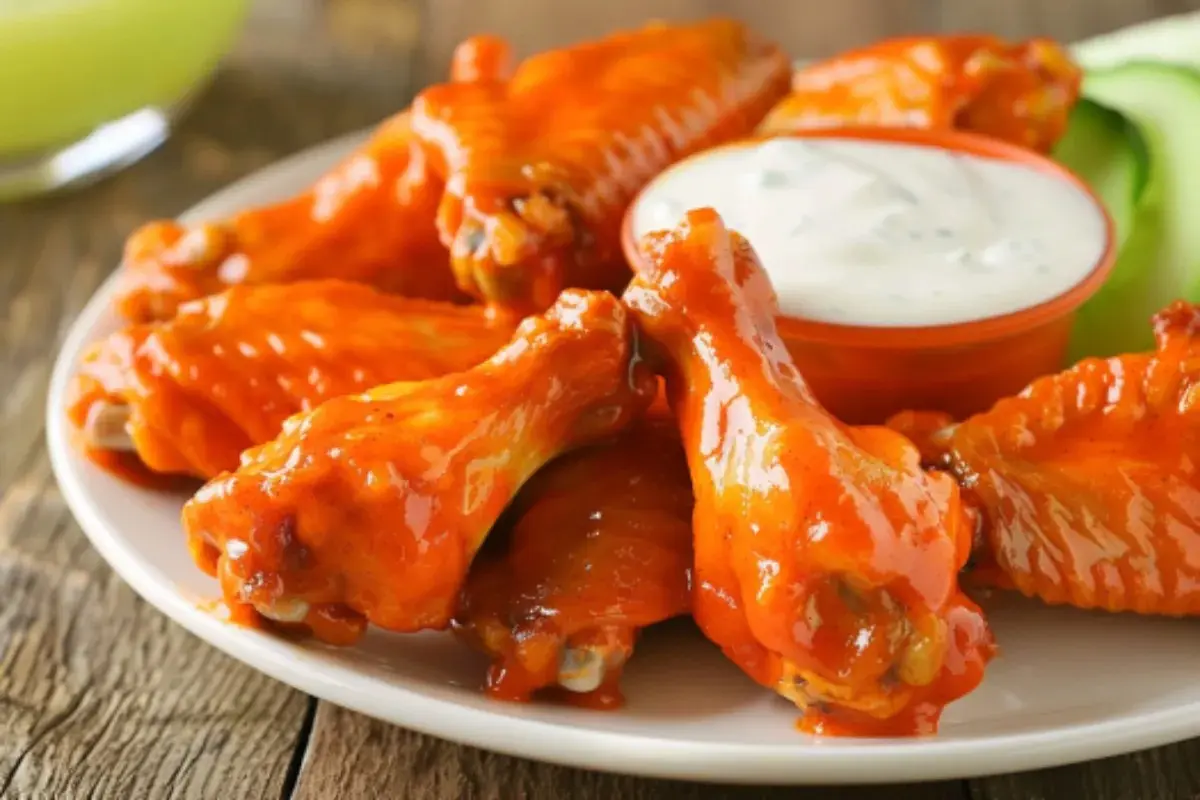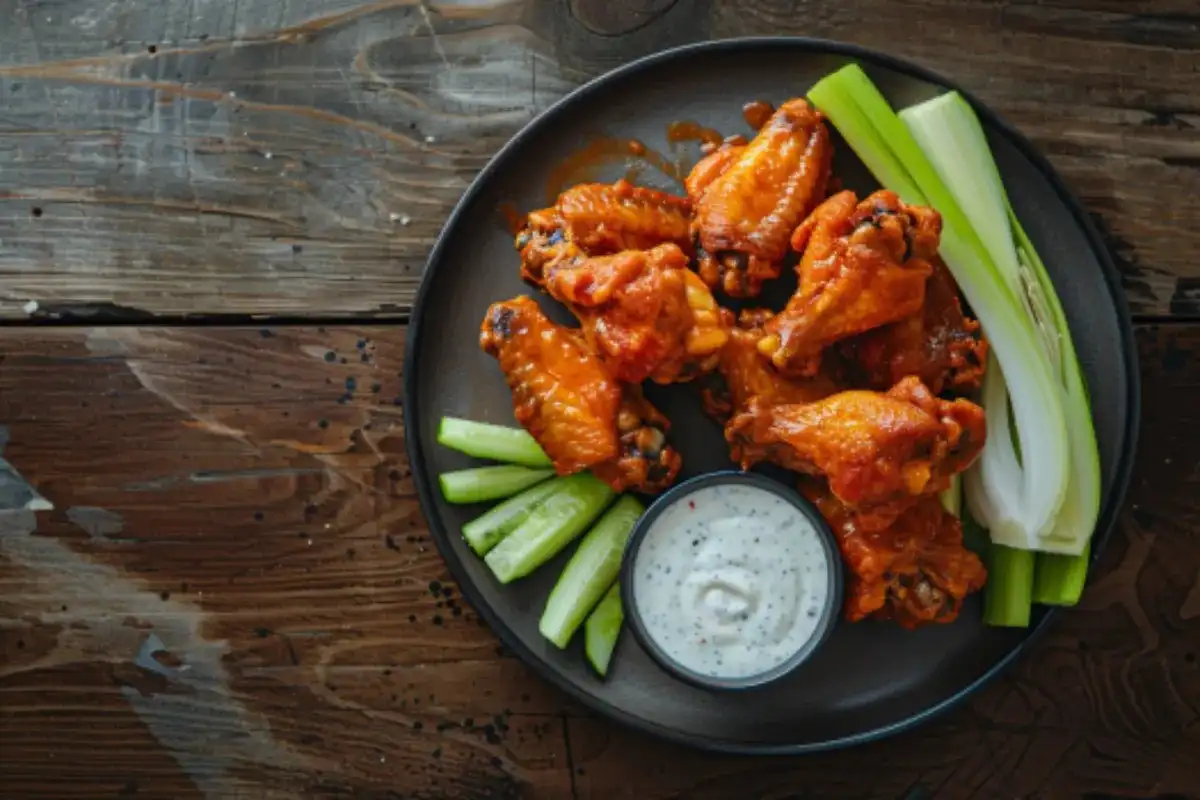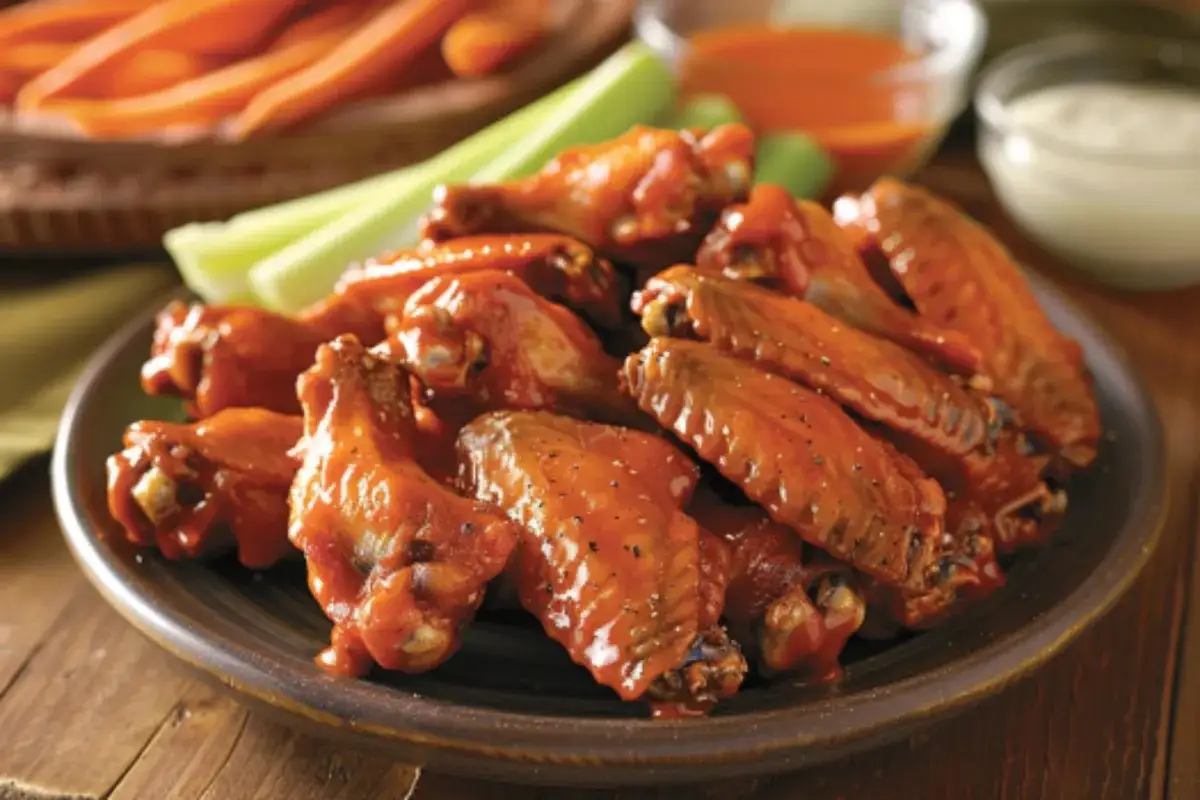Buffalo Wild Wings, one of America’s most beloved casual dining and sports bar chains, is known for its legendary wings, variety of sauces, and sports-centric atmosphere. While many people refer to it by the shortened name “B-Dubs,” there’s an old nickname that still persists: BW3. Despite the restaurant officially rebranding years ago, long-time fans and customers still call it by this original name. But why exactly is it called BW3?
To fully understand why Buffalo Wild Wings was once called BW3, we must dive into the origins of the brand. We should also explore its founders and how the name was initially conceptualized. It’s a tale that’s about regional pride and culinary traditions. Additionally, it reflects the growth of a national brand. Through the decades, Buffalo Wild Wings has evolved and expanded. However, the nickname BW3 remains a part of its story. It serves as a vestige of its origins. The nickname continues to be used affectionately by those who remember its early days.
The Origins of Buffalo Wild Wings and Why BW3 Stuck

Buffalo Wild Wings, originally named Buffalo Wild Wings & Weck, opened its doors in 1982 in Columbus, Ohio. The founders, Jim Disbrow and Scott Lowery, were both residents of Ohio but had a deep connection to the city of Buffalo, New York. It was there, in Buffalo, that Buffalo wings originated, a dish that would ultimately become synonymous with the sports bar experience across America.
The first part of the name, “Buffalo,” was a nod to the origin of the wings. Buffalo wings are not wings made from buffalo meat but rather a spicy, tangy chicken wing dish that was created in 1964 at the Anchor Bar in Buffalo, New York. The “Wild Wings” part of the name made sense for the menu that would focus on this popular dish. However, what perplexes many people is the third “W” in the name, which stood for “Weck.”
What is Weck?
“Weck” refers to a specific kind of sandwich that was part of the original menu at Buffalo Wild Wings. The sandwich, known as Beef on Weck, is a specialty of Buffalo, New York, and features thinly sliced roast beef served on a kummelweck roll. Chefs prepare the kummelweck roll, a type of Kaiser roll, by sprinkling it with coarse salt and caraway seeds, which give it a distinctive flavor and texture. They typically serve it with horseradish and au jus, making it a flavorful and unique sandwich.
In Buffalo, Beef on Weck is as much a part of the culinary culture as Buffalo wings. Jim Disbrow and Scott Lowery wanted to pay homage to the food traditions of Buffalo by including the Weck sandwich on the menu of their restaurant. Hence, the name Buffalo Wild Wings & Weck was born, and the abbreviation BW3 quickly followed.
Learn more about diverse sandwich recipes that pay tribute to regional cuisines, much like how the founders of BW3 sought to honor Buffalo’s culinary traditions.
Why Did the Name Change?
While the idea of combining Buffalo wings and Beef on Weck into a single restaurant concept may have made sense in the early days, the reality was that the Weck sandwich didn’t gain the same level of popularity as the wings. As Buffalo Wild Wings began to expand outside of Ohio and into new markets, the focus shifted almost entirely to the wings, which had a broad and enthusiastic appeal. By the late 1990s, the chain decided to simplify its name and drop the “Weck” from the title. In 1998, the restaurant officially became Buffalo Wild Wings Grill & Bar.
Despite the name change, the BW3 nickname stuck. Customers who had been frequenting the restaurant since its early days continued to refer to it by the original abbreviation. Even today, the nickname is still widely used, especially by those who have been loyal patrons since the brand’s inception.
The Rise of Buffalo Wild Wings: From Local Favorite to National Chain
When Buffalo Wild Wings first opened in 1982, it was a single restaurant in Columbus, Ohio, catering mainly to students at Ohio State University. The menu featured Buffalo wings in a variety of sauces and the signature Beef on Weck sandwich. The founders, who were inspired by a craving for Buffalo wings that couldn’t be satisfied in Ohio at the time, aimed to create a casual, sports-focused environment where people could enjoy great food and watch their favorite games.
The concept quickly caught on, and by the late 1980s, the founders began franchising the brand. The restaurant’s sports bar atmosphere, coupled with its focus on Buffalo wings, proved to be a winning combination. By the time the 1990s rolled around, Buffalo Wild Wings was expanding into new markets across the Midwest.
Why Wings? The Appeal of Buffalo Wings

To understand why Buffalo Wild Wings became such a massive success, it’s essential to look at the rise in popularity of Buffalo Wings. This rise occurred during the 1980s and 1990s. Buffalo wings had already become a popular bar food by the time Buffalo Wild Wings opened. However, the chain helped propel the dish to new heights of popularity. The concept of serving a variety of sauces was relatively new at the time. These sauces ranged from classic Buffalo sauce to more adventurous options. Buffalo Wild Wings offered a unique twist by allowing customers to choose from a wide range of flavors.
As the restaurant expanded, so did its menu. Over time, Buffalo Wild Wings introduced additional items such as burgers, sandwiches, salads, and appetizers, but the wings remained the star of the show. Even as the menu evolved, the focus on Buffalo wings and the casual, sports-centric atmosphere remained central to the brand’s identity.
Buffalo Wild Wings grew rapidly during the late 1990s and early 2000s, expanding into new regions across the United States. Its success can be attributed to several factors:
The enduring popularity of Buffalo wings as a bar food staple.
The chain’s ability to create a fun, energetic environment centered around sports.
A diverse menu that catered to a wide range of tastes and preferences.
Effective marketing and branding that positioned Buffalo Wild Wings as a go-to destination for watching sports and enjoying food with friends.
By the time the name officially changed to Buffalo Wild Wings Grill & Bar in 1998, the restaurant had already established itself as a national chain with a loyal following. The decision to drop the Weck from the name was a natural evolution as the brand continued to grow and focus more on its most popular menu item: Buffalo wings.
The Nickname BW3: Why It Endured
Even after the name was officially changed, the BW3 nickname endured. For long-time customers and fans of the original restaurant, BW3 was more than just a name it was a part of the brand’s identity. The nickname carried with it a sense of nostalgia and connection to the restaurant’s early days when it was still a small, regional chain with a quirky name that reflected the founders’ love of Buffalo, New York cuisine.
Discover another culinary origin story in this Rotisserie Chicken Recipe Guide, which shows how a simple dish can inspire a successful restaurant concept, much like the humble Buffalo wing did for Buffalo Wild Wings.
To this day, many customers, especially those who have been visiting Buffalo Wild Wings since the 1980s or 1990s, still refer to the restaurant as BW3. It’s a testament to the power of branding and how a name even one that no longer reflects the current menu can become deeply ingrained in the public consciousness.
B-Dubs: A New Nickname Emerges
While BW3 remains a popular nickname for the older generation of customers, a new nickname emerged in the 2000s that has since become equally as popular: B-Dubs. This nickname came about as a result of the restaurant’s official abbreviation, BWW. Phonetically, BWW was often shortened to “bee-double-you-double-you,” which eventually became B-Dubs.
The B-Dubs nickname caught on quickly and was even embraced by the company itself in its marketing efforts. Today, many younger customers know the restaurant by this name rather than BW3. The fact that Buffalo Wild Wings has two widely recognized nicknames BW3 and B-Dubs speaks to the brand’s cultural impact and how it has evolved over time while still maintaining a connection to its roots.
Buffalo Wild Wings Today: A Modern Success Story
Today, Buffalo Wild Wings is one of the most successful casual dining chains in the United States. With over 1,200 locations across the country, the brand has become synonymous with sports, wings, and a lively dining experience. While the menu has expanded significantly over the years, Buffalo wings remain the centerpiece, and the variety of sauces and flavors continues to be a major draw for customers.
Buffalo Wild Wings has also embraced the digital age, with a strong online presence, mobile ordering options, and a rewards program that allows customers to earn points for their purchases. The brand has also expanded internationally, with locations in countries such as Canada, Mexico, and the Philippines.
Despite its growth and evolution, Buffalo Wild Wings has managed to maintain the core elements that made it successful in the first place: a focus on Buffalo wings, a sports-centric atmosphere, and a commitment to creating a fun and energetic environment for customers.
The Legacy of BW3

Even though the name Buffalo Wild Wings & Weck is a thing of the past, the legacy of BW3 remains. For many, the nickname is a reminder of the restaurant’s humble beginnings and its connection to Buffalo, New York, where both the Buffalo wing and the Beef on Weck sandwich originated.
The fact that so many people still refer to Buffalo Wild Wings as BW3 is significant. It’s a testament to the power of branding. A name can become part of a brand’s identity, even after it has been officially changed. In the same way, some people still refer to fast-food chains by their old names. For example, they might call Dunkin’ Donuts simply “Dunkin’.” Similarly, BW3 has endured as a nickname for Buffalo Wild Wings.
Frequently Asked Questions on BW3
1. Why do people call it BW3?
- The name BW3 stands for Buffalo Wild Wings & Weck, the original name of the restaurant. The third “W” stands for “Weck,” a regional sandwich that was once part of the menu.
2. Is it still called BW3?
- Officially, no. The restaurant rebranded to Buffalo Wild Wings in 1998, but many long-time customers and fans still affectionately refer to it as BW3.
3. What is a Beef on Weck?
- A Beef on Weck is a sandwich made with thinly sliced roast beef served on a kummelweck roll, topped with coarse salt and caraway seeds, and typically served with horseradish and au jus.
4. When did BW3 start being called Buffalo Wild Wings?
- The name was officially changed in 1998 to reflect the restaurant’s shift in focus to wings and sports, phasing out the Weck sandwich from the menu.
5. How did the term B-Dubs originate?
- B-Dubs is a modern nickname for Buffalo Wild Wings, derived from the initials BWW. It was phonetically spelled out as “bee-double-you,” which became B-Dubs.
Conclusion: Why BW3 Will Never Truly Disappear
The story of why Buffalo Wild Wings was once called BW3 is fascinating. It serves as an example of how a brand’s identity can evolve over time. At the same time, it can still retain elements of its original concept. Although the Weck sandwich is no longer on the menu, the official name has changed to Buffalo Wild Wings. However, the BW3 nickname continues to be used by loyal customers and fans. They remember the restaurant’s early days.
Ultimately, the legacy of BW3 is a reflection of the restaurant’s origins and its connection to Buffalo, New York. It’s a reminder of how a small idea can grow. In this case, it involves combining Buffalo wings and Beef on Weck. This small idea can become something much larger than anyone could have imagined. Today, Buffalo Wild Wings is a national phenomenon. However, for those who have been there from the beginning, it will always be BW.

